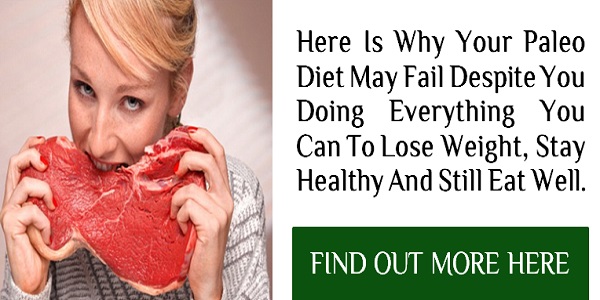The fact that lots of people want to improve their eating habits in order to get healthy is no surprise.
The average consumer is becoming increasingly educated with regards to the types of foods that make their bodies perform at its peak.
People are also very concerned about longevity. People want to live for as long as possible, and more people are beginning to understand that this can only take place when they take care of their bodies through exercise and through diet.
This is why so many people are always looking for the next great diet plan.
Not only do they want to gain a healthier functioning body, but they'd like to live for as long as possible. Controlling one's diet goes a long way in helping a person to accomplish this goal.
One way that people can learn about what might be the best health diet for them is through books.
There are a plethora of books on the market that can help to not only educate a consumer about a new eating plan, but these books offer step-by-step instructions about the type of foods that should be purchased, in order to be compliant with the diet.
If a consumer is interested in learning how to eat in a manner that allowed ancient people to live for as long as possible, then they might be interested in a paleo book.
A paleo book is based upon what is commonly known as the paleo diet. This diet is based upon the way that paleolithic men (the cavemen) ate.
The cavemen ate many of the same foods that are available to the average consumer now, but there were some very noticeable differences.
For one thing, one has to remember that there were no food processing plants during those times.
This means that there was no such thing as processed, packaged, or frozen foods.
This also means that there was no use of chemicals or preservatives in the foods that the cavemen ate. To be even more detailed, there was no such thing as grocery stores.
This means that cavemen had to hunt and forage their meals. So, already a consumer can think of a host of so-called food products that would be off of their shopping list, if they were going to buy a paleo book in order to learn the diet.
So, what was left for the cavemen to eat? Actually, plenty.
They ate wild game, fish, greens, nuts, and fruit.
If a consumer were going to make themselves a grocery list based upon this regimen, then they would shop for things such as lean beef, chicken, pork, fish, seafood, vegetables, greens, fruit, nuts, and fruit or nut based oils.
These foods are naturally and primary sourced. This means that they weren't processed to become what they are.
For example, if a consumer were to eat a piece of beef, they know that the beef came directly from the cow.
However, if they wanted to eat cheese, could they?
No.
Although cheese primarily comes from cows, it is a processed and secondary food source.
Flat out, the cavemen didn't eat cheese. So, a paleo book wouldn't recommend eating cheese either.
A consumer might think that they are tightly restricted, but this isn't so. They can actually eat a wide variety of foods.
They can purchase a good paleo book in order to gain direction on what type of foods to shop for, and how they can be prepared.
Many people love the idea of eating in a way that is more in line with how their body is meant to process food.
Article Source: http://EzineArticles.com/expert/Vanessa_James/436557







